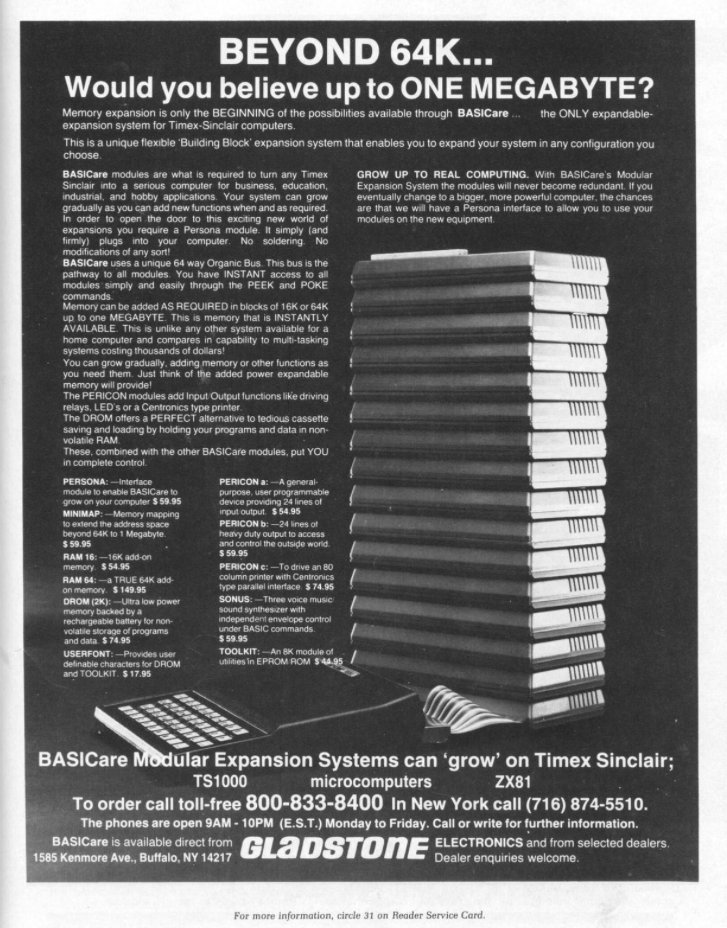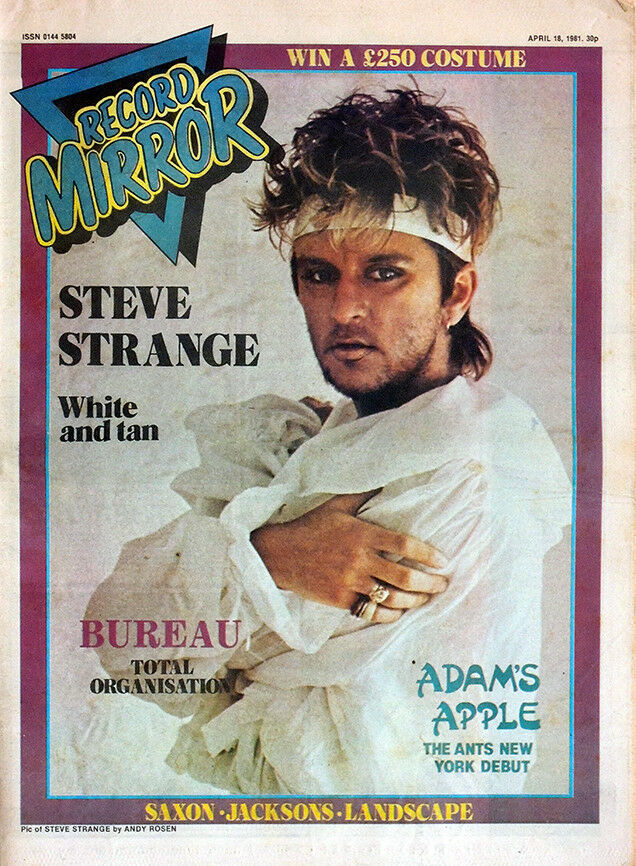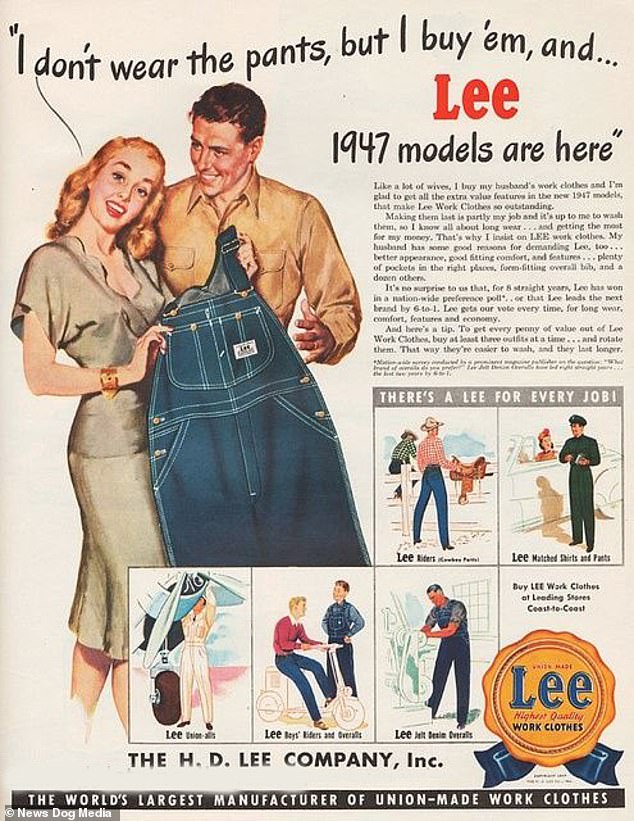
DATELINE: MARCH 1981. Shakin' Stevens is top of the charts, Tom Baker is leaving Doctor Who and Clive Sinclair is bringing computers to the masses. Britain is finally moving into a new age, and one object above all heralds its arrival.
This is the story of the ZX81...
This is the story of the ZX81...

Like many electronics companies Sinclair Radionics had been beaten up by the 1970s calculator wars: cut-price LCD products from Japan, plus aggressive price cuts from Hewlett Packard made Sinclair's LED calculators unprofitable. The company was in trouble. 

The British government bailed out Sinclair in the 1970s, and wanted it to focus on instrument manufacturing - the only profitable part of its business. In 1979 Clive Sinclair resigned in disgust from the company he had founded.
He had a better idea...
He had a better idea...

Sinclair had produced many electronic kits over the years; devices for hobbyists to assemble themselves. Clive Sinclair's hunch was that a kit microcomputer might sell well, especially if it was low priced. 

So in January 1980 Sinclair released the ZX80. At £79.99 for the kit - or £99.99 for a fully assembled model - it sold surprisingly well. Producing it also taught Sinclair some valuable lessons in low-cost computer manufacturing. 

At the heart of the ZX80 was the Zilog Z80 microprocessor. Clever and robust it needed fewer support chips and less power supply hardware than the rival Intel 8080 chip.
Sinclair would push it to the limit with its next project.
Sinclair would push it to the limit with its next project.

The ZX81 would cram in as much as it could for a low price. It would run off four chips, compared to the 21 in the ZX80. 8kb of ROM, a membrane keyboard and a syntax checker allowed it to run Minimal BASIC. 1k of RAM completed the package, with an optional 16k RAM expansion pack. 

The ZX81 launched on 5 March 1981 in a blaze of publicity. It was squarely aimed at the average consumer who wanted to get into computing but didn't know where to start and didn't want to spend too much finding out. At £69.95 the ZX81 was the perfect gateway product. 

Timex had started investing with Sinclair in 1980, developing a manufacturing base in Dundee. The ZX81 would launch in America under the Timex Sinclair brand in 1982, retailing at $99.99. 



The ZX81 wasn't just a cheap toy; it was a low-cost introduction to computers. It taught you BASIC programming and just as importantly introduced you to a wider world of computer enthusiasts, through the various clubs and magazines that sprung up around it. 



It did have its problems though. It had poor black and white graphics and no sound; it overheated quickly; its low RAM meant you needed a memory expansion pack that inevitably wobbled on the poorly designed expansion port. You needed patience to own a ZX81! 

But it drove innovation. Coders got to grips with it quickly and squeezed as much as they could from the Z80 chip. Hardware hackers got to work too, and soon a range of peripherals were available from garage manufacturers. It was kick-starting a whole bedroom industry. 







However rivals were quickly emerging. The ZX81 lost out to rival Acorn Computers to provide a BBC-branded home computer. As Acorn was run by ex-Sinclair man Chris Curry the loss of the BBC contract was doubly galling for Clive Sinclair. 



Sinclair hit back in 1982 with the ZX Spectrum: colour, sound and up to 48k RAM made it a firm favourite with UK consumers. And the home computer market was booming: by 1983 there were over 20 low cost micros available on the high street.
The ZX81's days were numbered...
The ZX81's days were numbered...

By the time it ceased production in 1984 the ZX81 had sold over 1.5 million units. It had created a bedroom army of coders worldwide and opened the door to home computing for the masses. 

Yet for all its massive impact Clive Sinclair saw the ZX81 as simply being a profitable sideline to fund his real dream: reinventing the world of personal transportation.
But that's another story...
10 PRINT "MORE STORIES ANOTHER TIME"
20 GOTO 10
RUN
But that's another story...
10 PRINT "MORE STORIES ANOTHER TIME"
20 GOTO 10
RUN

• • •
Missing some Tweet in this thread? You can try to
force a refresh























